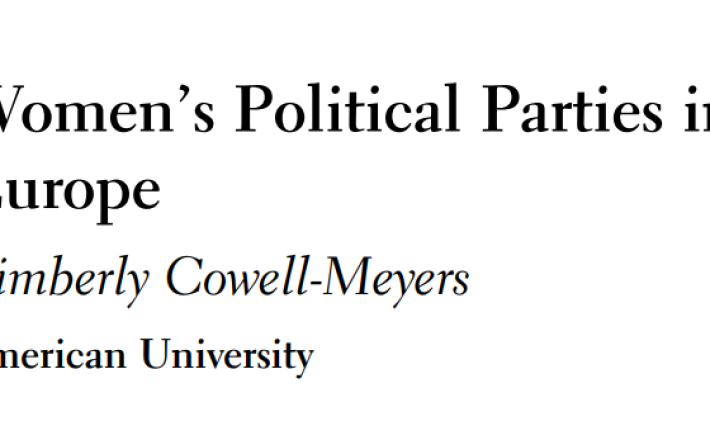Paper on Women’s Political Parties in Europe
This paper considers the emergence of women’s parties, their nature, and development in a comparative framework. Using an original dataset derived from European electoral commissions, statistical offices, national libraries, media archives, party records, and interviews of experts from the respective countries, the author documents and describes 30 such parties contesting elections at the national level in Europe since 1987. She then conducts a series of tests on this panel data to determine when and under what conditions women’s parties are likely to emerge. The author argues that women’s parties are indications of failures of the established political parties to include and represent women’s interests. Additionally, she demonstrates that women’s parties are more likely to appear where women are empowered unevenly than where they are already included or their marginalization is consistent.
Click here to read the paper.

This paper considers the emergence of women’s parties, their nature, and development in a comparative framework. Using an original dataset derived from European electoral commissions, statistical offices, national libraries, media archives, party records, and interviews of experts from the respective countries, the author documents and describes 30 such parties contesting elections at the national level in Europe since 1987. She then conducts a series of tests on this panel data to determine when and under what conditions women’s parties are likely to emerge. The author argues that women’s parties are indications of failures of the established political parties to include and represent women’s interests. Additionally, she demonstrates that women’s parties are more likely to appear where women are empowered unevenly than where they are already included or their marginalization is consistent.
Click here to read the paper.